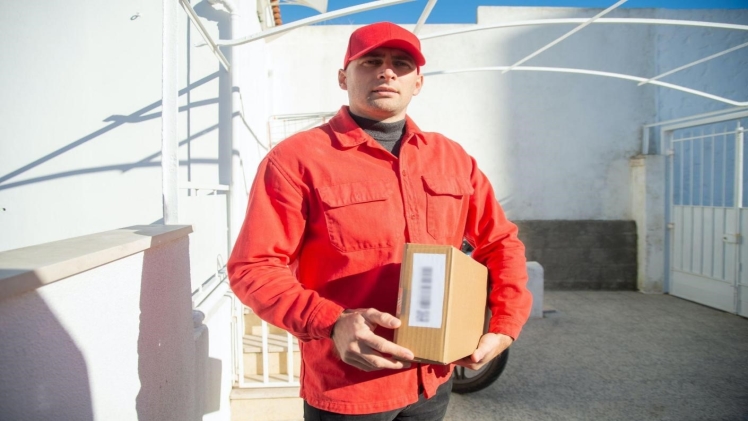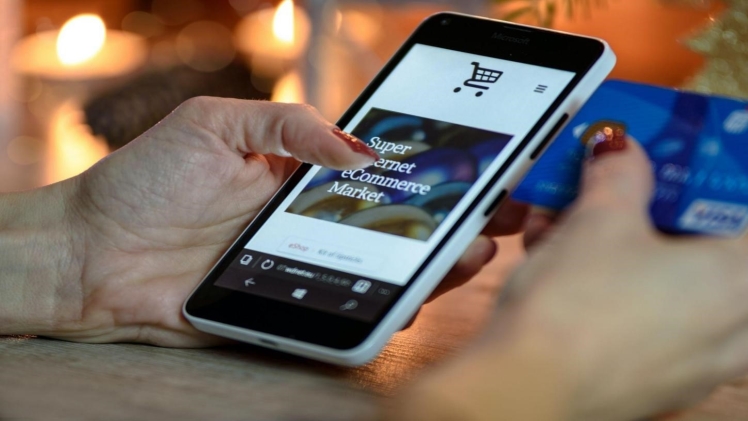To say that shopping has become a big thing for our generation is an understatement. Numerous businesses cater to shoppers en masse. Shopping malls, commercial establishments, and tourism destinations are some of the ways people have capitalized on the growth of the industry.
Nowadays, due to the restrictions placed upon mass gatherings by the government, the online commerce industry experienced a boom. They’ve advertised themselves as the go-to segment when it comes to shopping. We’ve even created a unique term for it called e-commerce or
e-shopping.
What is e-commerce?
To put it simply, “e” is inserted as a prefix to indicate that the word is used in an electronic setting. This is why we call mail sent through the web “emails” and applications that open books through your screen “e-readers”. Technology has evolved to make the web more convenient for people to use, and the shopping industry evolved along with it.
In explaining what e-commerce is, it’s a form of business that has evolved through the web. It’s creating business transactions through the use of electronic devices. That would mean that every transaction that results in an exchange of goods is considered to fall under e-commerce as a blanket term.
How do you shop online?
It can be hard to be self-aware when it comes to what you’re doing on the net. Sometimes, you’ll go on websites like Amazon or Alibaba and click “add to cart” on things that you feel like purchasing. Whether you’ve purchased them or not, through that act alone, you’ve already indulged in something like window shopping.
The simple act of viewing products online and checking them out entails the act of shopping online. When you do decide to check the things on your cart out, websites often notify you of the time of delivery, the types of payment options you have, or, in rare instances, the payment term you may have with them.
One of these payment options is called “Cash on Delivery” or what’s now often called COD.
What is COD?
As mentioned earlier, COD directly translates to Cash on Delivery. Most shopping websites offer this as a form of payment for the parcels you order. This method differs from the credit card mode of payment in two ways.

- COD is made through cash payment; and
- COD is effected through payment at
These two can be beneficial to both the buyer and the seller of a product, as they can prevent buyer identity fraud. Buyer identity fraud is when someone uses your means of payment as their
own and pretends to be you. This can be prevented by COD as the delivery person can perform a personal check on whether you’re the correct buyer or not.
Aside from this, it can also expedite the shipping process and shorten the delivery time. Paying by COD means that the seller doesn’t have to confirm with the credit card bank if you’re able to complete the purchase you made with them. You’ll be able to confirm your identity and ability to pay through your cash on delivery payment.
How is COD done?
First, you’ll be placing an order for an item you want through the website of your choosing. Once you select that you’ll want your item to be a cash on delivery parcel, you’ll be asked for your address. Once you’ve entered all the necessary details and proceeded with the checkout, all you’ll have to do is wait.

Your order will be received by the vendor and will be tagged as COD. The vendor will then task the logistics company to deliver your parcel to the address you indicated on the website. The same will send a delivery person over to the address and will proceed to look for the contact person you’ve listed. Once they find you or your contact person, they’ll proceed to confirm your identity and ask for the cash payment.
Once you’ve paid for the product, they’ll be on their way to deliver their next parcel.
Are there downsides to COD?
The short answer is yes. There are generally downsides when it comes to payment by cash, so both parties to the transaction may run into cons when dealing with COD.
Downsides for the buyer
Card payments, whether through credit, debit, or even through that Amazon gift card may often be the only options available on certain websites. Not everyone trusts the concept of COD just yet, and that’s why there exists a certain wariness against it.
Another downside could be the instances that you won’t have cash on you when the parcel arrives on your doorstep. When this happens, aside from not being able to get your parcel right away, you’ll also face the embarrassment of not having enough on you to pay for your order.
The biggest downside for you as the buyer would be the fact that you have to be physically present for the delivery. That instance will directly result in an extension of the time of delivery that you’ll have to again endure.
Downsides for the vendor
Electronic fund transfers are often completed faster in terms of debit card transactions than cash payments. The same can also be said when using gift cards and the like. This means that for the vendor, once the product is handed over to the logistics company, their part of the transaction would already be fulfilled.
Unlike when they’re dealing with cash, they would have to wait for the delivery to be completed, wait again for the logistics company to finish their deliveries for the period, and then wait for the cash to be remitted to them. It’s a lengthy process overall that some stores would not want to deal with.
Conclusion
COD directly translates to “Cash on Delivery” which is a mode of payment completed upon payment by cash to the delivery person for the parcel bought through e-shopping. Not all establishments or retailers avail of it, and not all look favorably upon it.
Page365 is an app that can help you with your online business. Cash on delivery parcels don’t have to be so daunting when you have the easy stock management system offered by Page365. Get accurate planning on receiving new batches of products, real-time stock updates, import stocks as an excel file, and increase your stock management ability through the application they offer.
With Page365, you’ll be able to offer CoD for a majority of your products without the fear and hassle of dealing with it!

